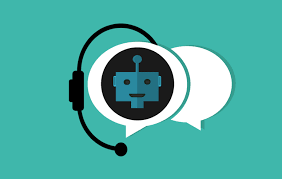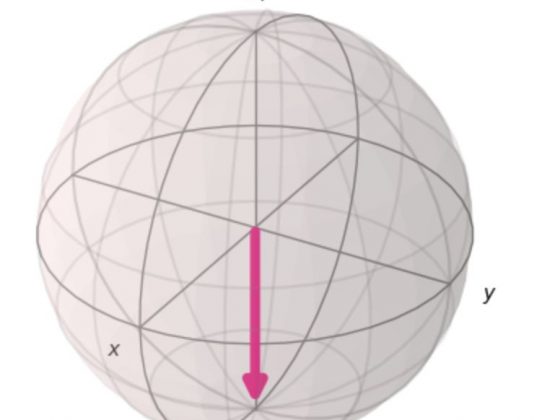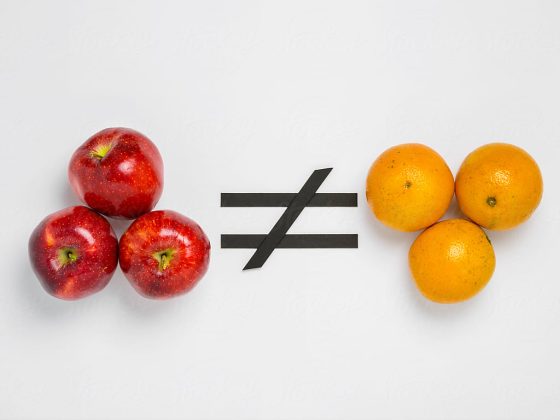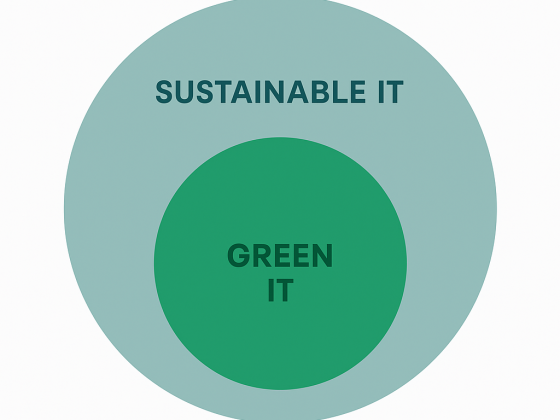Last week I wrote about Google’s new Chatbot Meena, which resulted in a lot of feedback from my readers.
Thank you for that. I appreciate this reader engagement a lot.
Someone asked me if Meena is also a Virtual Assistant aka VA?
I had to think about this. a VA is, in my honest opinion, software that helps you with organising and completing your work, like an online calendar, a password manager, a dictaphone, a video conferencing tool or a to do list.
What about Chatbots? Do they also belong to the VA family? Or are they completely different? To answer this question we first have to know what both software agents are and how they are used in our daily life.
What is a Chatbot?
These are software agents capable of simulating a conversation (a chat) with a user in natural language through messaging applications, websites, mobile apps or through the telephone.
In recent years they have been widely adopted by companies to interact online with their customers: lead generation, sales and customer support.
Chatbots are programmed to respond with a certain set of answers and statements.
What is a Virtual Assistant?
As already said, a VA is a software agent that assists you in performing your daily activities like setting clock alarms, scheduling appointments, making (video) calls etc. Virtual Assistants are in that sense similar to personal human assistants. They help you get things done.
What are the similarities between Chatbots and Virtual Assistants?
They are both user interfaces designed to interact with a user, a human. The interaction is based upon pre-defined commands or questions.
They are now an important part of our (online) life helping us with answering daily questions.
Here, Natural Language Processing (NLP), an important part of machine learning, plays a key role.
NLP can help to understand how a text (Chatbot) or voice (VA) – a natural language – has to be interpreted and processed, so the software agent can react to it effectively.
This is not only limited to words, also conversations can be understood with the help of NLP.
NLP enables Chatbots and VA’s to be trained with different conversations so they can react effectively when the user interacts with them in a similar conversation already trained.
Vital for an effective conversation is knowing the intent of the user and the context of the conversation.
What are the Differences between Chatbots and Virtual Assistants?
The difference is based mainly on usability. Contrary to Virtual Assistants, Chatbots are only text-based and work on a single-turn exchange. In other words, it reacts to a question by the user, interprets it and gives a single pre-defined answer. If the question the user asked does not match their learned set of knowledge then they fail to answer.
Next to that, Chatbots are software agents used in business, Virtual Assistants are more used on a personal level.
Chatbots are more used in business because they can automate simple tasks for all clients. A VA on the other hand, is more uniquely associated with an individual user. Their range of tasks is also bigger, they have a wider scope than Chatbots, mainly due to the simpler algorithms the latter uses.
And don’t forget, the VA is a voice assistant, capable of interpreting also voice, contrary to the text-based work a Chatbot can do.
Virtual Assistants can improve over time, because with every user-interaction they learn more about their user. That is why these software agents can manage your daily activities.
Both software agents use Natural Language Processing, but the Virtual Assistants are more sophisticated in this, because they, as already said, use more sophisticated algorithms and improve over time due to their machine learning capabilities. This enables them to give contextualized answers back to the user. This does not mean there are no Chatbots using machine learning or artificial intelligence. More and more software developers are using these to improve their bots, but this takes some time. A lot of software companies say their bots have machine learning capabilities, but these companies base this on using IF-THEN-ELSE in their code. My dear readers, that is not machine learning, that is computer programming.
Is Siri a Chatbot?
Now we have covered the similarities and differences between the two software agents, let’s consider real life examples.
Siri on your Apple mobile device does not belong to the Chatbots, but it is a Virtual Assistant, capable of executing tasks or delivering services by means of speech recognition. It is even capable of opening apps (like navigation or calendar) and retrieve the information necessary for answering your question. It is your personal Virtual Assistant, usable in business and at home.
What is Meena then?
Now we have seen Siri is a Virtual Assistant, what about Meena?
Meena is an example of an open-domain Chatbot — designed to converse on any topic that can function as a “friend,” advisor etc. This is different than the closed-domain Chatbots which are programmed for specific Q&A.
But unlike Siri, it is a textbot, and not a Voice Assistant, so it is, in my honest opinion, still a Chatbot and not a Virtual Assistant. Although if you combine it with Google Assistent and implement it correctly, it will become an awesome Virtual Assistant, capable of many tasks and services.
Wrap-up
We discussed the similarities and differences between Chatbots and Virtual Assistants.
Chatbots are business-driven text-based online software agents and work on a single-turn exchange, used mainly for non -complex customer interaction like lead generation and FAQs.
NLP and machine learning is used to widen their scope, but this is still in research and development.
Virtual Assistants like Siri on the other hand are used on a personal level, have a wider usability scope.
More importantly, they can improve over time, because with every user-interaction they learn more about their user through machine learning.
Although more and more of the Chatbots are also benefiting from machine learning these days.
One of these is Meena, the Google Chatbot, which is still in research and development, but has high expectations, because it is designed to converse on any topic that can function as a “friend,” advisor etc. This is not the case with the current Chatbots.
I am curious what Meena and the next generation Chatbots and Virtual Assistants will bring.
Did you like this article?
And do you also want to share such news on your own company’s blog or knowledge base, but you do not know how?
Contact me NOW at TestingSaaS and let’s setup your company’s knowledge base together.





